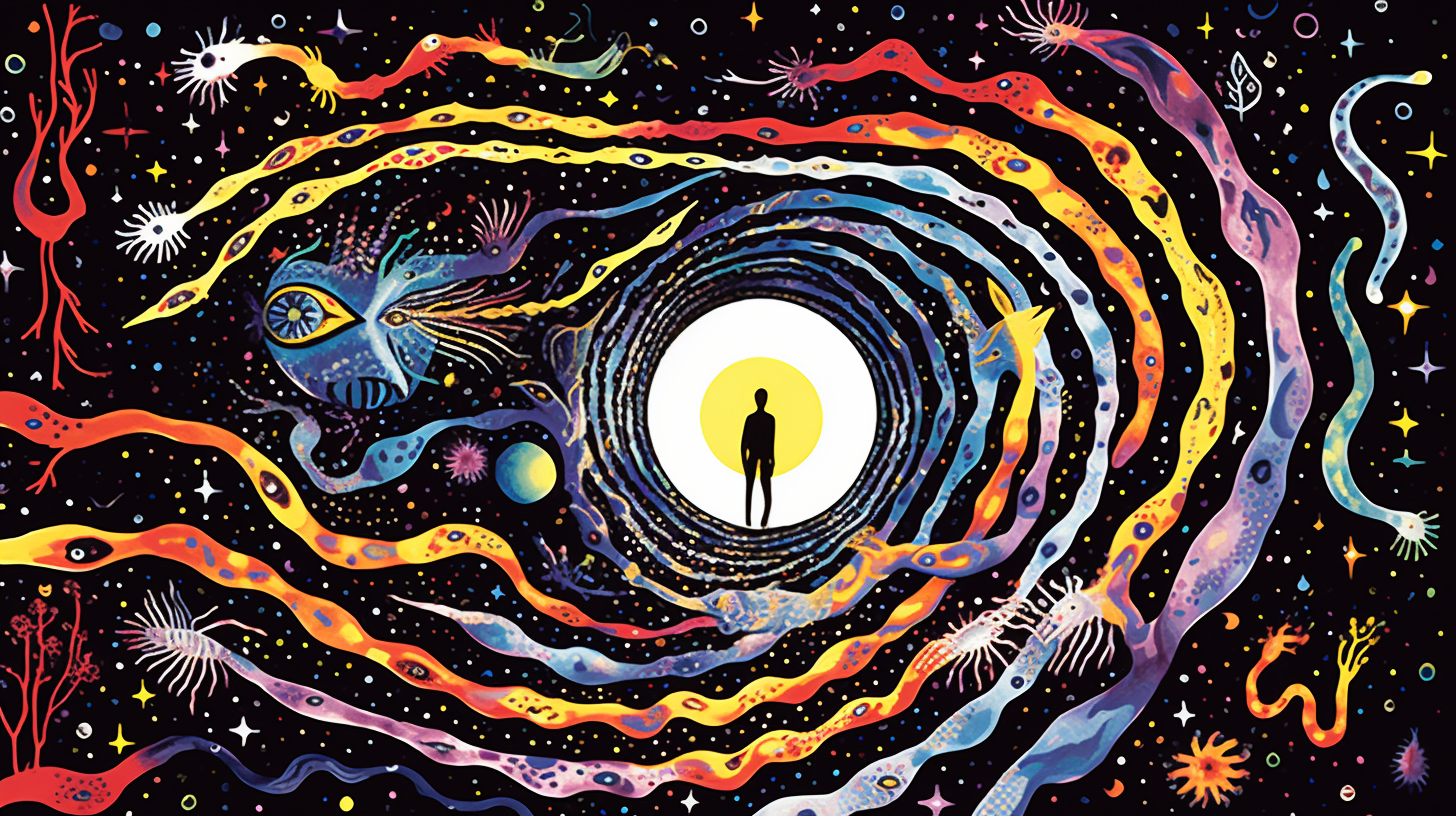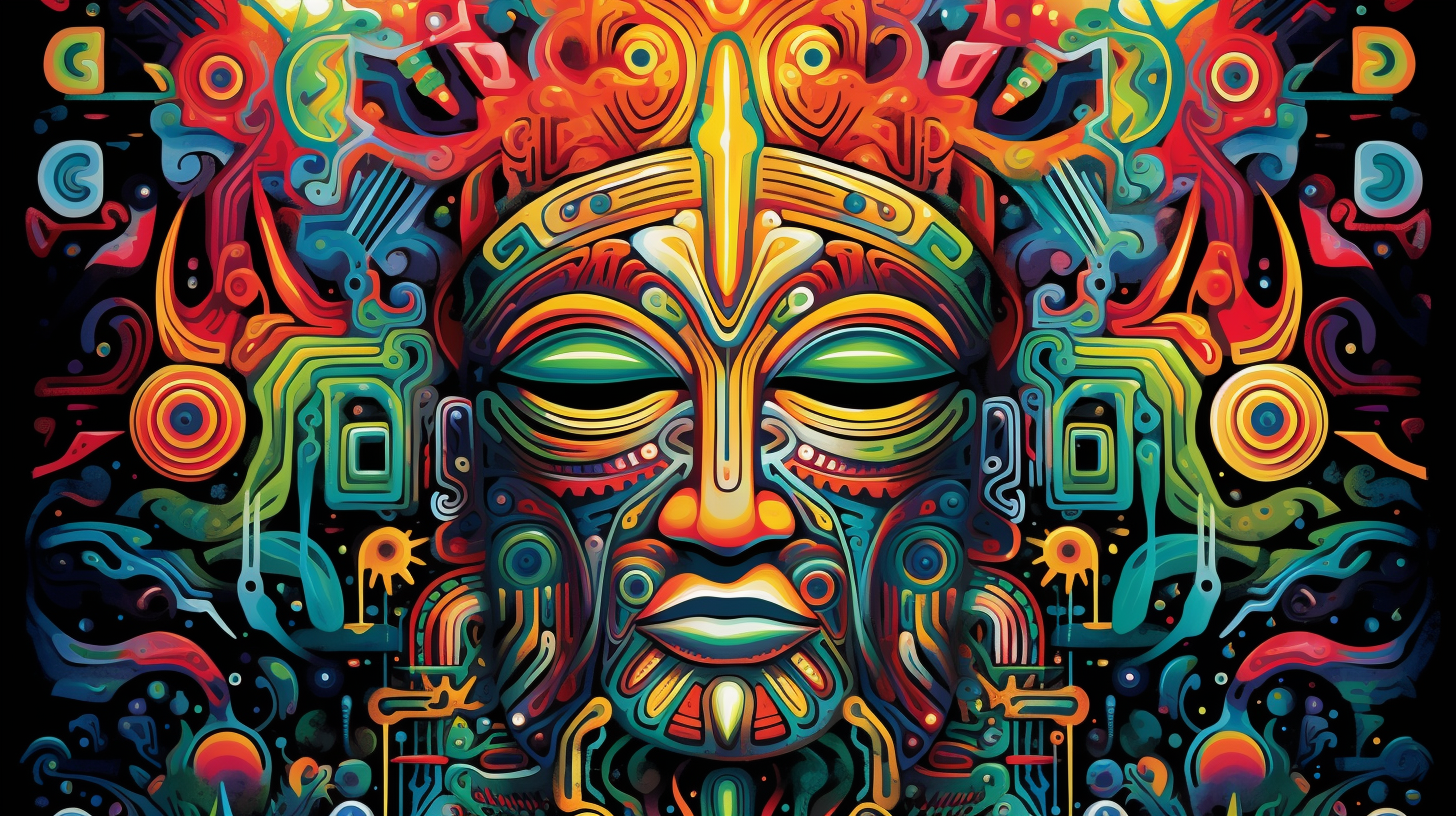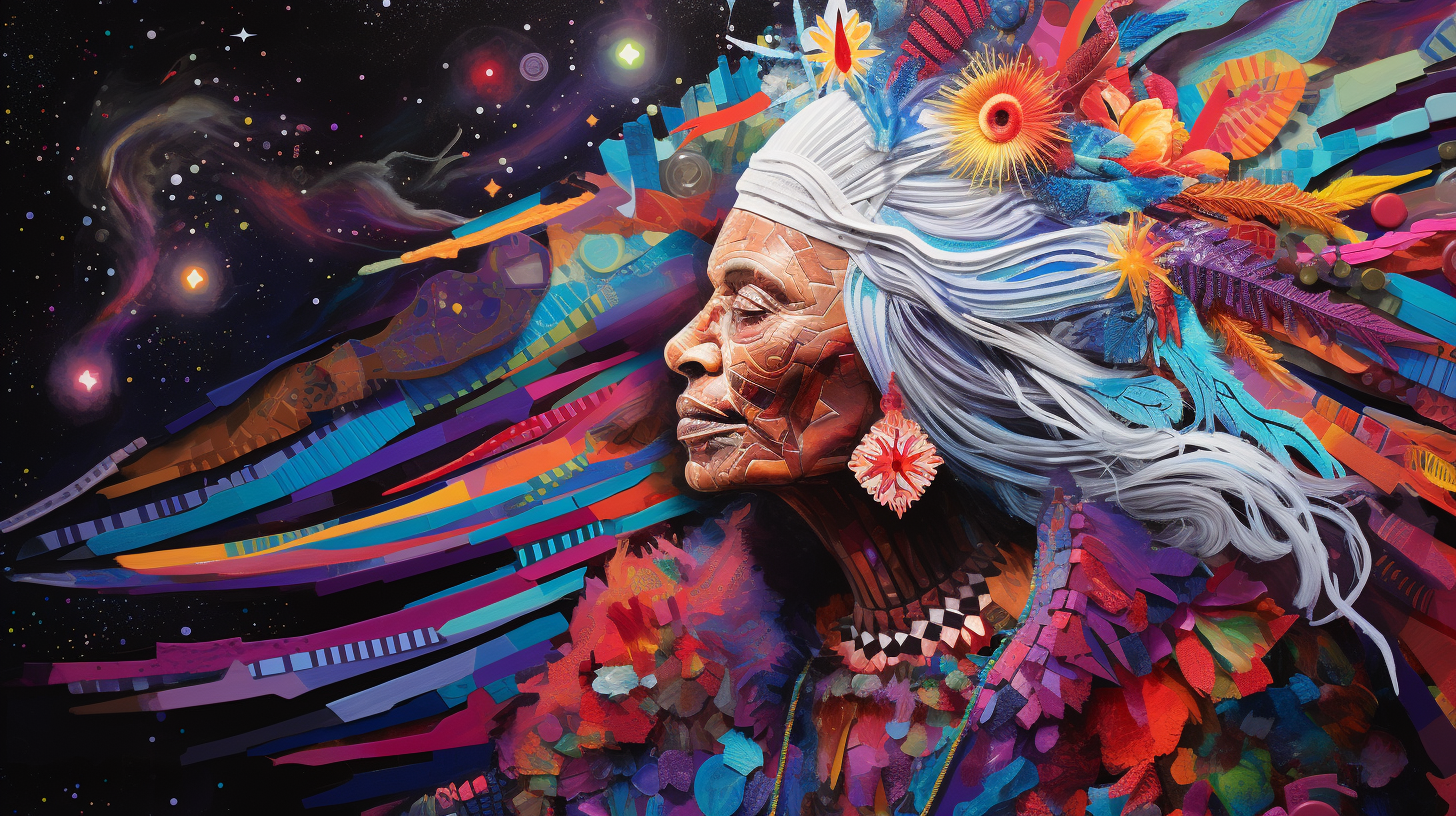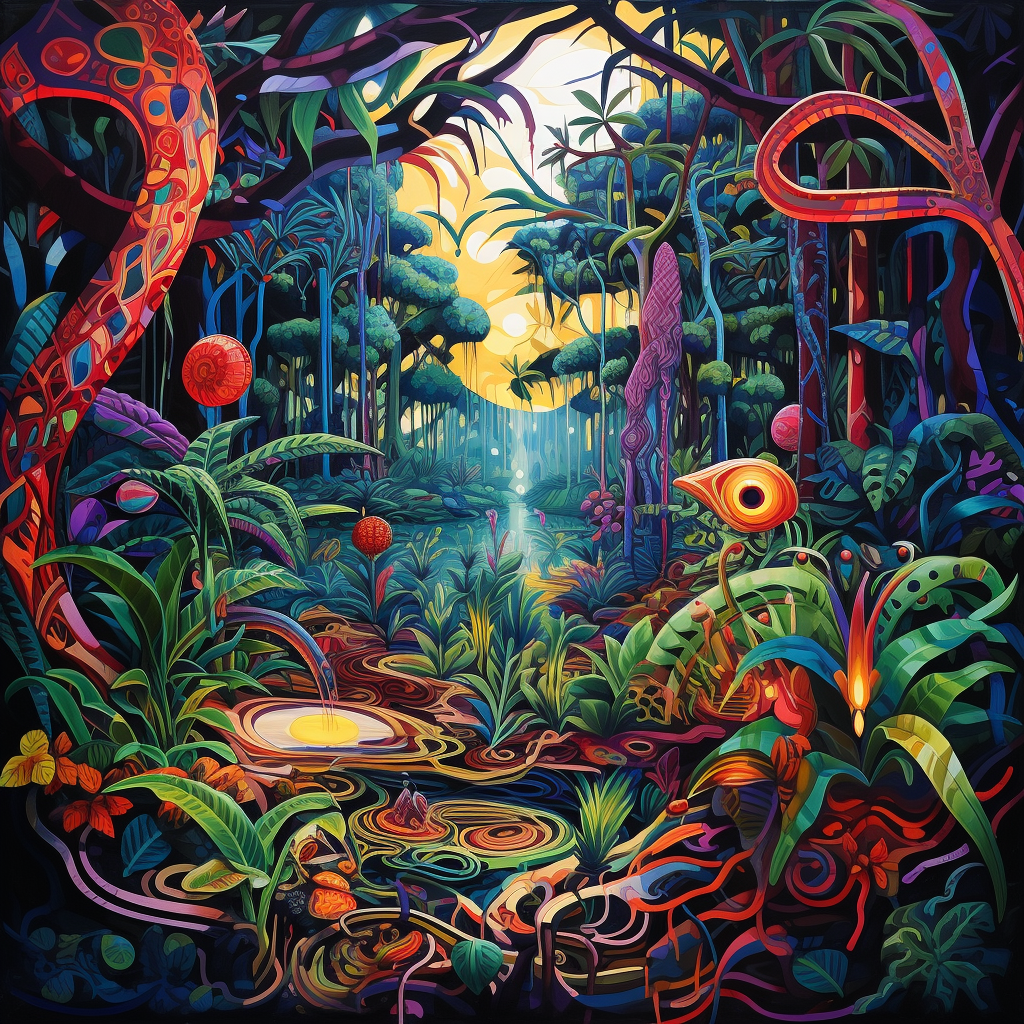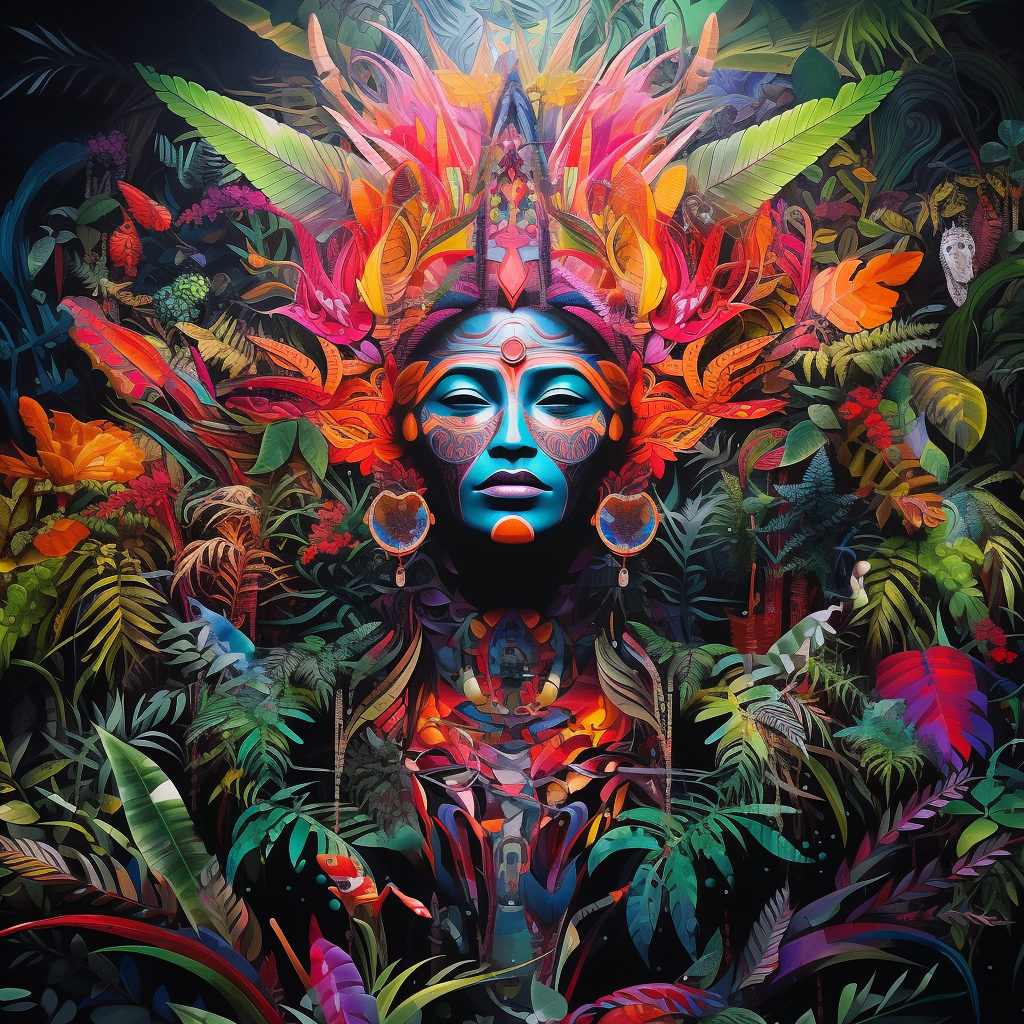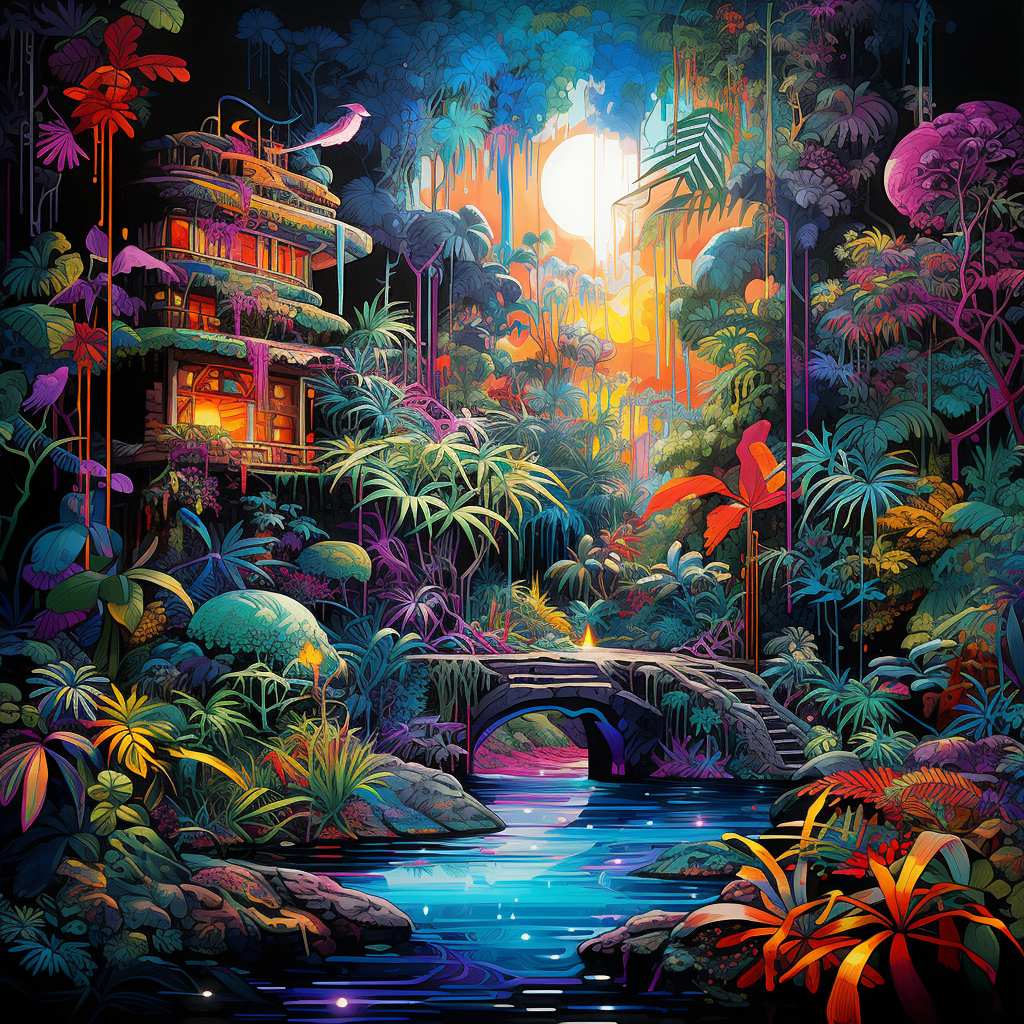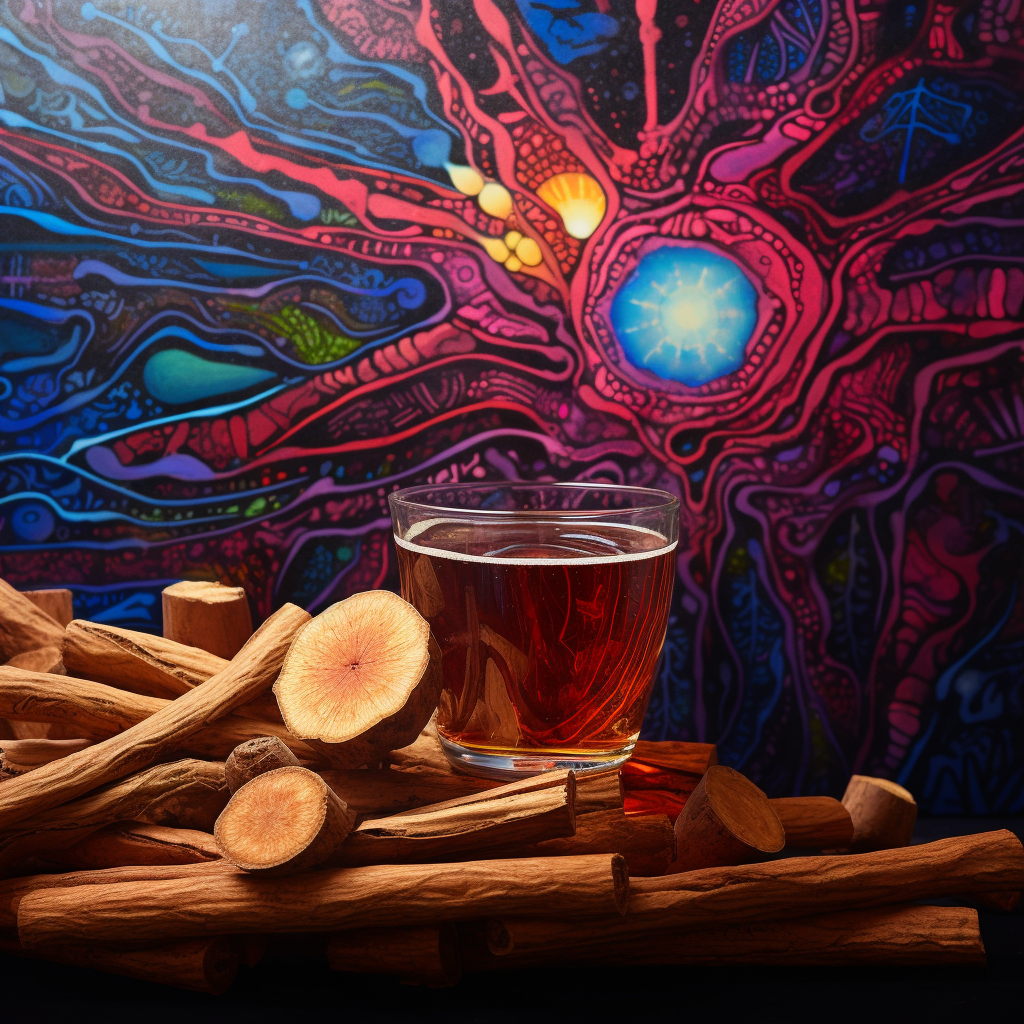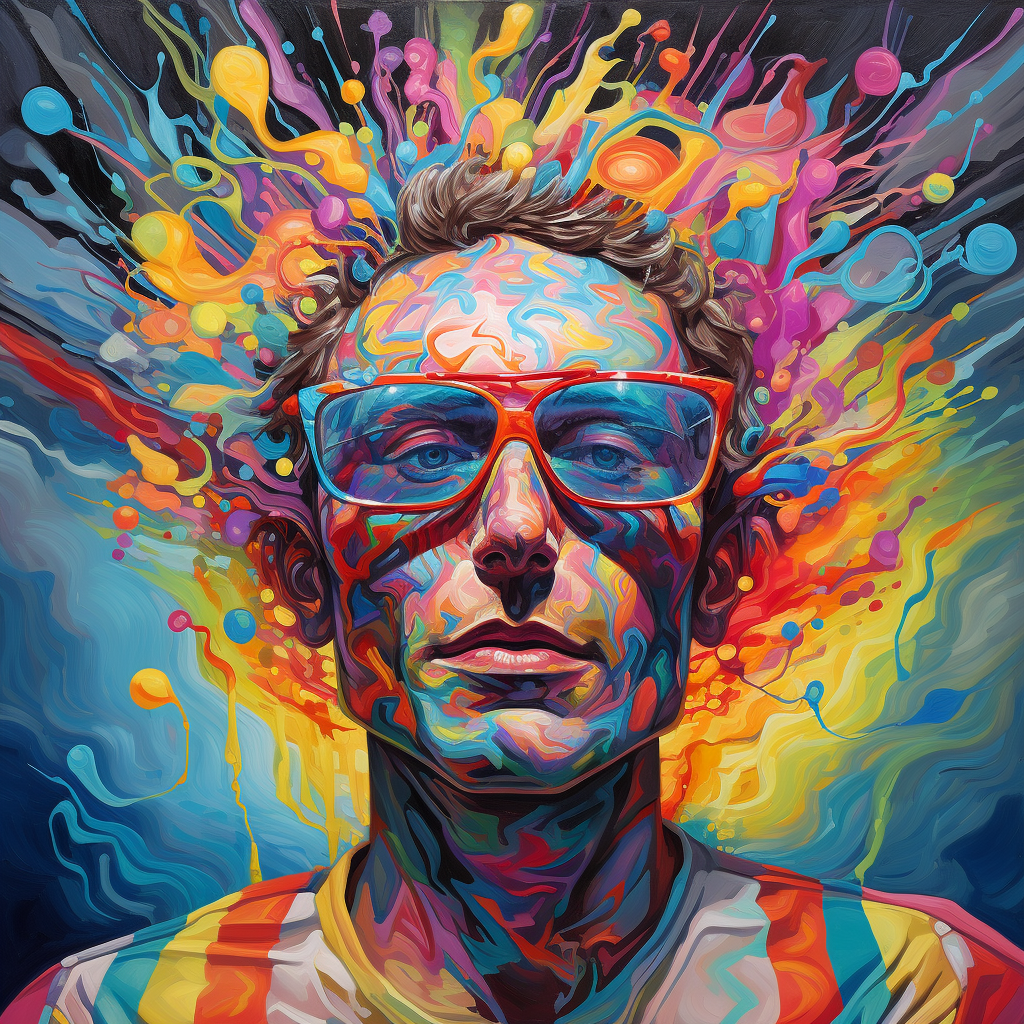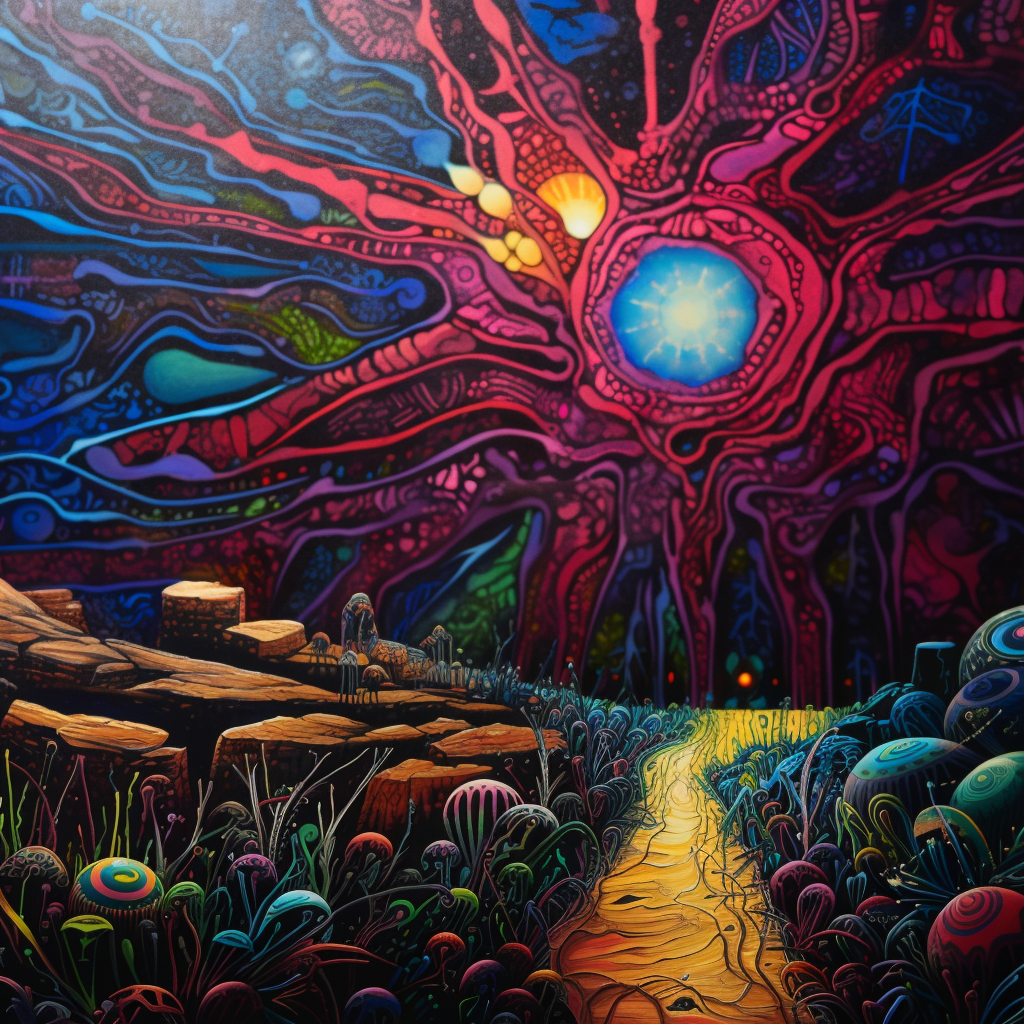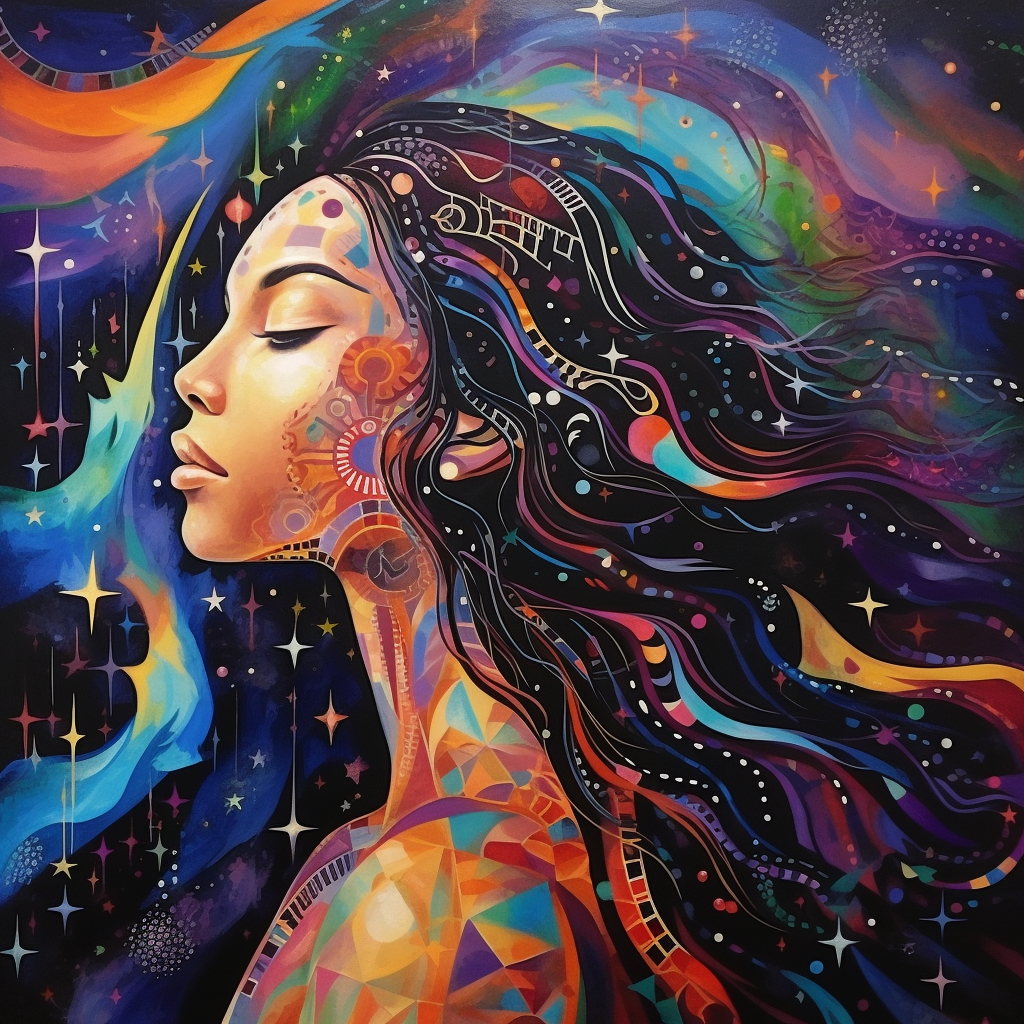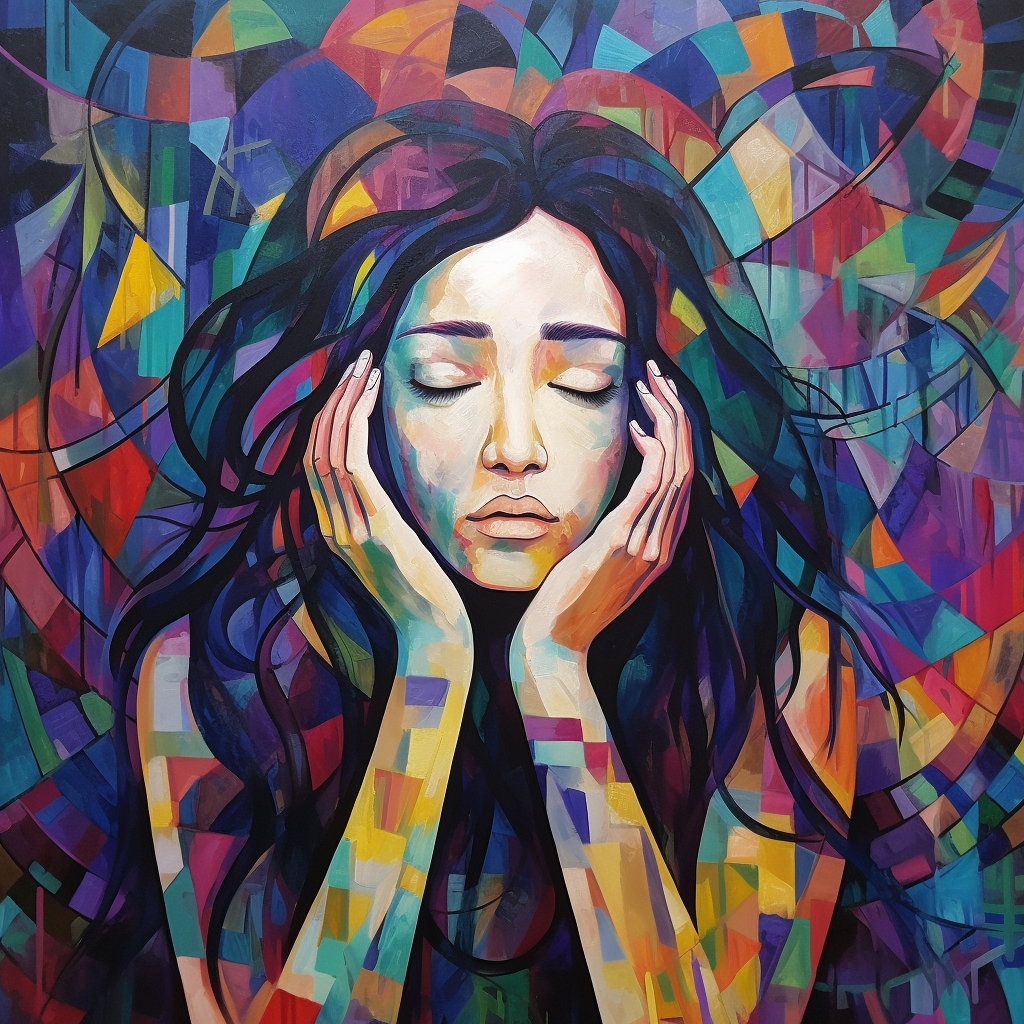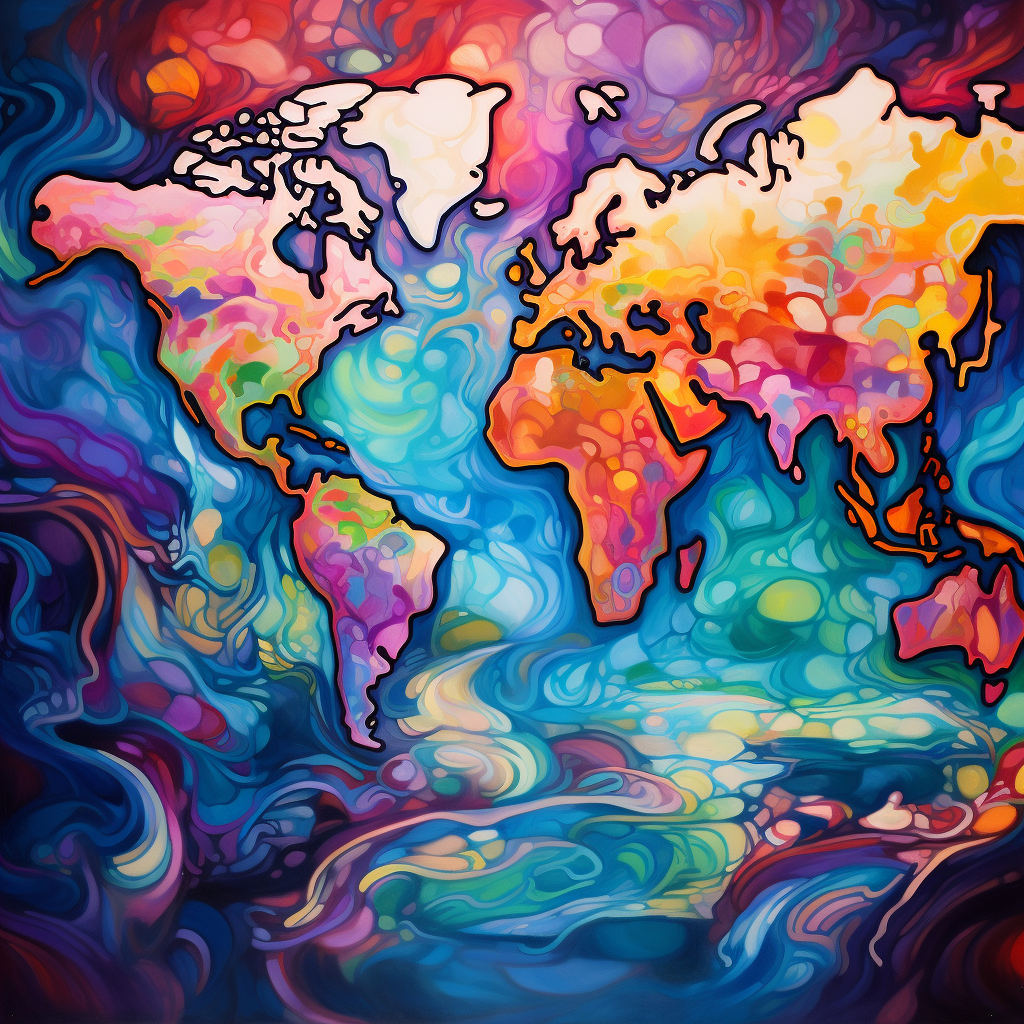We're in Beta 🙃
Made primarily from the Banisteriopsis caapi vine and the leaves of the Psychotria viridis plant (chacruna), Ayahuasca is traditionally prepared through a careful, often ritualistic process of boiling and simmering, resulting in a potent psychedelic tea.
History and Cultural Significance
Cultural Origins
Originating from the Amazon, Ayahuasca has played a vital role in the spiritual and cultural practices of indigenous peoples for millennia. Ancient petroglyphs and oral histories suggest its use dates back thousands of years, positioning the brew as a bridge between the earthly realm and the world of spirits.
According to the ancient teachings, the brew can help people with all kinds of physical, mental and emotional ailments. They call her “grandmother” because they see her as the mother of all plant medicines. People from all over the world report similar encounters with the “spirit of the plant,” which takes on different forms, from jaguar to serpent.
Shamans, sometimes referred to as curanderos, have long administered Ayahuasca ceremonies, guiding participants through transformative journeys, offering healing, insight, and communion with ancestral spirits.
The rituals surrounding the sacred brew are deeply symbolic, interweaving chants, songs known as icaros, and other ceremonial elements to facilitate profound introspection and spiritual awakening.
These ceremonies, traditionally held under the canopy of the night sky, are considered rites of passage, moments of rebirth, and platforms for community bonding and conflict resolution.
Modern Applications
Over the past decade, interest in Ayahuasca has significantly expanded beyond its indigenous Amazonian origins. Celebrity endorsements, documentaries, and other media coverage have propelled a surge in the sacred brew's popularity.
Due to the additional exposure, an increasing number of people are seeking these sacred and profound experiences, spurring the growth of retreats in South America, as well as throughout the United States and other western countries.
We must also mention the rising concerns over cultural appropriation, particularly impacting indigenous communities. Ayahuasca holds deep spiritual and healing significance for native peoples, and is intricately woven into their cultural fabric. As Western interest grows, we are pressed to approach this ancient practice with respect and awareness.
The commercialization of Ayahuasca ceremonies can at times strip away their sacred context, potentially exploiting indigenous traditions for profit. Let us remember to always honor the roots of this sacred brew, educating ourselves so we may engage in responsible and respectful practices.
Recent years have also seen a notable uptick in scientific interest in its potential therapeutic uses, including its potential to help treat everything from addiction to depression to eating disorders to post traumatic stress disorder.
As this psychedelic brew continues its journey into global consciousness, we must honor the indigenous cultures that have stewarded this sacred medicine for millennia. Ayahuasca requires intentionality, respect, and acknowledgement of its deep cultural roots and traditions.
The Composition & Chemistry of Ayahuasca
Ayahuasca's unique and potent effects stem from its intricate chemical composition, which is a blend of two primary botanical components: the Banisteriopsis caapi vine and the leaves of the Psychotria viridis plant. These two elements, when combined, synergistically produce the brew's characteristic psychedelic effects.
Banisteriopsis caapi Vine: The core chemical constituents of the Banisteriopsis caapi vine are beta-carboline alkaloids, particularly harmine, harmaline, and tetrahydroharmine. These alkaloids function as monoamine oxidase inhibitors (MAOIs).
MAOIs play a pivotal role in the Ayahuasca experience because they prevent the body from breaking down DMT, the primary psychoactive component found in the Psychotria viridis leaves. Without the presence of these MAOIs, the DMT would be rendered inactive when ingested orally due to the body's natural digestive enzymes.
Psychotria viridis Leaves: The principal chemical of interest in these leaves is N,N-Dimethyltryptamine (DMT), a powerful psychedelic compound. DMT, in its pure form, has a rapid onset and short duration when vaporized and inhaled.
However, when ingested orally, as with this brew, its effects are modulated and extended due to the action of the MAOIs from the Banisteriopsis caapi vine. This interaction allows DMT to be absorbed into the bloodstream, subsequently affecting the brain and producing profound alterations in consciousness.
How Ayahuasca Affects Your Brain
Ayahuasca engages intricately with the brain and nervous system, producing profound effects and experiences. At the heart of this interaction is the brew's unique blend of chemical constituents, predominantly DMT and MAOIs.
DMT and the Serotonin System: Once ingested, DMT from the Psychotria viridis leaves enters the bloodstream and targets the brain's serotonin receptors, specifically the 5-HT2A receptor subtype.
The activation of these receptors is believed to be responsible for many of the visual and perceptual alterations users experience during a psychedelic journey.
Role of MAOIs: Monoamine oxidase (MAO) is an enzyme that breaks down neurotransmitters, including serotonin and DMT. By inhibiting this enzyme, the alkaloids from the Banisteriopsis caapi vine ensure that DMT remains active in the system for an extended period. This allows it to exert its psychedelic effects when taken orally.
MAOIs may also contribute to the emotional and introspective aspects of the Ayahuasca experience by modulating levels of other neurotransmitters in the brain.
Neuroplasticity and Brain Connectivity: Emerging research suggests that Ayahuasca might enhance neuroplasticity—the brain's ability to reorganize and form new neural connections.
Brain imaging studies have shown increases in connectivity between different brain regions, particularly those associated with self-awareness, memory, and emotional processing.
Emotional and Memory Centers: This psychedelic experience often involves intense emotional reactions and vivid recollections. This is likely due to the brew's effect on the amygdala and hippocampus—brain regions responsible for emotional processing and memory formation, respectively.
By modulating the activity in these areas, Ayahuasca can bring suppressed memories and emotions to the forefront, offering users an opportunity for introspection and resolution.
The Ayahuasca Experience
Consuming Ayahuasca typically leads to an intense, hours-long journey of deep introspection, vivid visualizations, and profound emotional revelations.
The experience can last anywhere from 4 to 8 hours, and many participants undergo physical purging, often seen as a symbolic or literal release of negative energies or emotions.
The Ayahuasca journey is a deeply personal and multi-faceted experience, shaped by an intricate dance of pharmacology, individual psychology, and external setting. While no two sessions are identical, certain commonalities emerge from myriad firsthand accounts and research studies.
Sensory and Perceptual Changes: One of the most immediate and often-reported effects is a vivid enhancement of visual and auditory perceptions. Individuals frequently describe seeing intricate patterns, geometric shapes, and visions of landscapes, entities, or ancestral memories.
Emotional Introspection: Users often confront past traumas, unresolved emotions, or deeply seated fears during their journey. This intense emotional release can lead to feelings of rejuvenation and clarity post-session.
Ego Dissolution and Unity: Many users describe a sense of "ego dissolution" or a feeling of merging with the universe. This can manifest as a loss of boundaries between oneself and the external environment, leading to profound feelings of interconnectedness.
Temporal Distortion: Time perception often gets skewed during an experience. Moments can feel eternal, while hours might seem fleeting. This altered sense of time can facilitate a deep dive into one's past, childhood, or even perceived previous lifetimes.
Guidance from Entities: Many users report encounters with sentient beings or guiding spirits. Ayahuasca is often referred to as Grandmother and is considered by many to be a teacher plant rather than a guide.
The Ayahuasca experience can be described as...
Ayahuasca may achieve in a few sittings what many years of psychotherapy can only aspire to. People can experience wholeness, trust, and possibility.
I had a magical experience with the sensation of feeling a hundred different hands on my body imparting a blessing of love and forgiveness for myself and gratitude for this life from what seemed to be my ancestors.
There are all kinds of ways to challenge ourselves. Some people do it by climbing a mountain or scuba diving. The most profound and challenging ordeals is to drink Ayahuasca. It is in a way the ultimate adventure.
I kind of got: you should just keep your heart open all the time, because the whole point is to be open to the divine in every person in the world.
Over the course of four rough, ego-shattering hours, the Ayahuasca shows me that opening myself to love of Zoe and all others is the sure way to tap my deepest and most vital energetic reserves. The lesson is vivid, technicolor, indelibly imprinted on my psyche.
In truth, ayahuasca is the television of the forest.
Can Ayahuasca Help With Mental Health Conditions?
While the sacred brew is known as a powerful tool for personal growth, spiritual exploration, and self-discovery... in recent years, it has gained attention for its potential therapeutic benefits, particularly in the treatment of addiction, depression, anxiety, and PTSD.Addiction
Ayahuasca addresses addiction by disrupting harmful patterns and behaviors, offering profound introspective experiences that lead to increased self-awareness and understanding of one's addictive behaviors.
Its interaction with the brain's neural pathways can help reframe one's relationship with substances, potentially reducing cravings and promoting long-term abstinence.
A range of studies has demonstrated its efficacy in addressing substance addiction, and researchers believe the brew is able to address the underlying emotional and psychological aspects of addiction.
Depression
Ayahuasca is believed to assist in alleviating depression by fostering increased connectivity in the brain and facilitating introspective insights that can lead to emotional release and cognitive shifts. Its active compound, DMT, interacts with serotonin receptors, potentially boosting mood and promoting a sense of well-being.
Evidence from multiple clinical trials is showing encouraging results, indicating significant, rapid and immediate antidepressant effects. In a groundbreaking study, a single dose led to significant improvements in depressive symptoms after a single session.
Anxiety
Ayahuasca appears to alleviate anxiety by stimulating neurogenesis and fostering connections in the brain, especially in areas responsible for emotion and memory. The visionary experiences often lead to profound introspection, allowing individuals to confront and process underlying fears and traumas, thereby facilitating emotional release and a recalibration of anxiety responses.
Anecdotal reports and preliminary studies suggest the brew might help alleviate symptoms of anxiety disorders. One such study found that a significant proportion of participants reported improvements in their anxiety symptoms.
PTSD
Ayahuasca allows individuals to revisit and reprocess traumatic events in a supportive environment, potentially reducing the emotional charge of these memories, promoting healing and facilitating their integration.
Its therapeutic potential for PTSD has been a subject of interest in the scientific community, although direct research is limited compared to other psychedelics. Here is one look at the mechanisms through which the brew might exert its therapeutic effects on traumatic memories.
It's essential to note that while Ayahuasca offers an intriguing avenue for mental health benefits, it is not a standalone treatment for severe mental health conditions.
Ayahuasca’s holistic approach—targeting the emotional, cognitive, and spiritual facets of well-being—sets it apart from conventional therapies. However, as with all potent tools, it should be approached with respect, knowledge, and due diligence.
✨ Benefits + Effects of Ayahuasca ✨
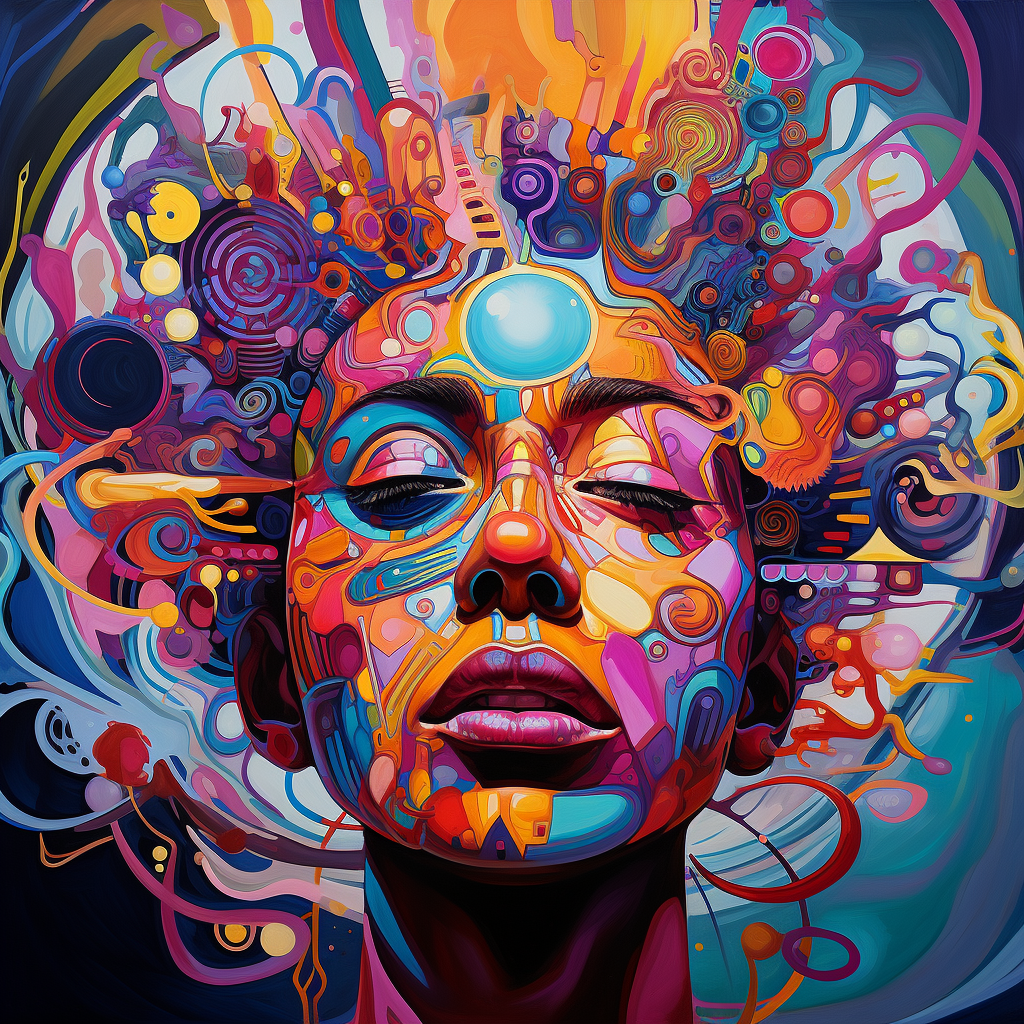

Altered States
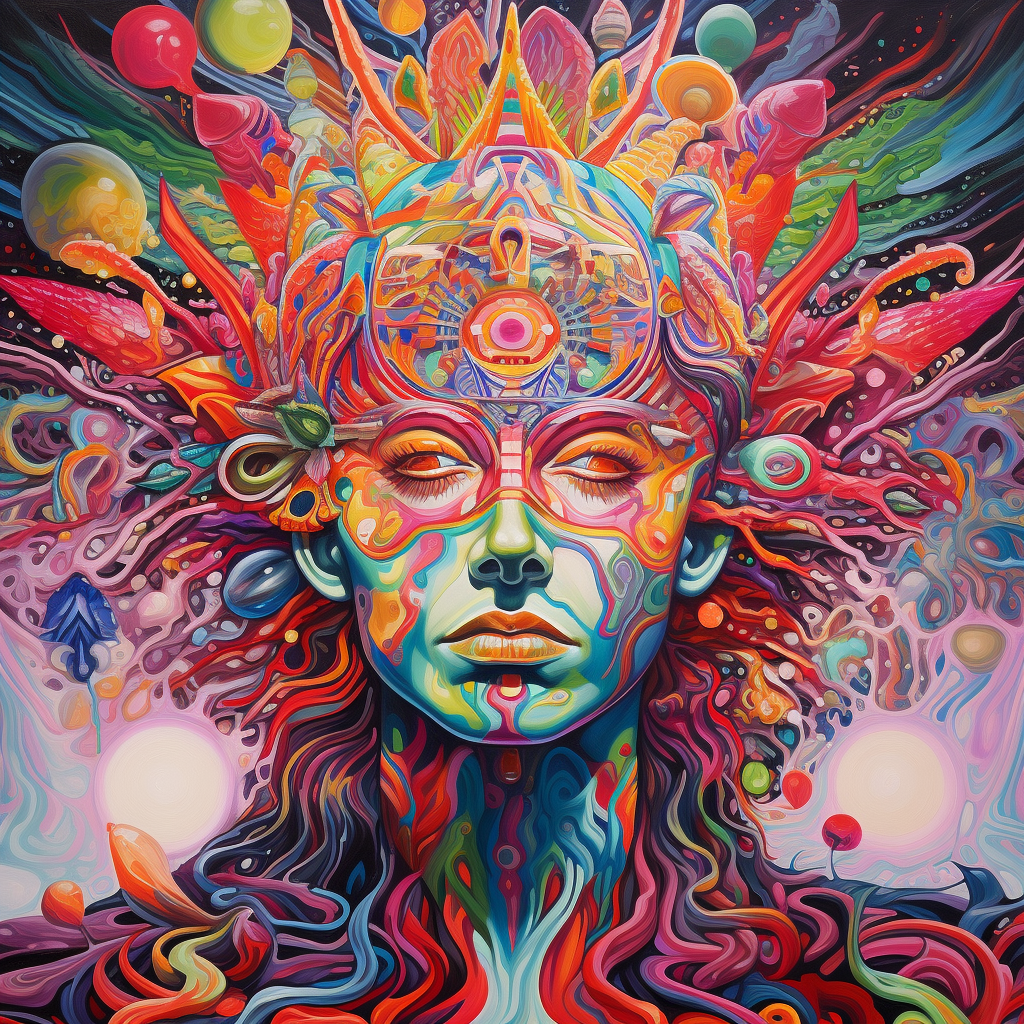

Mystical &
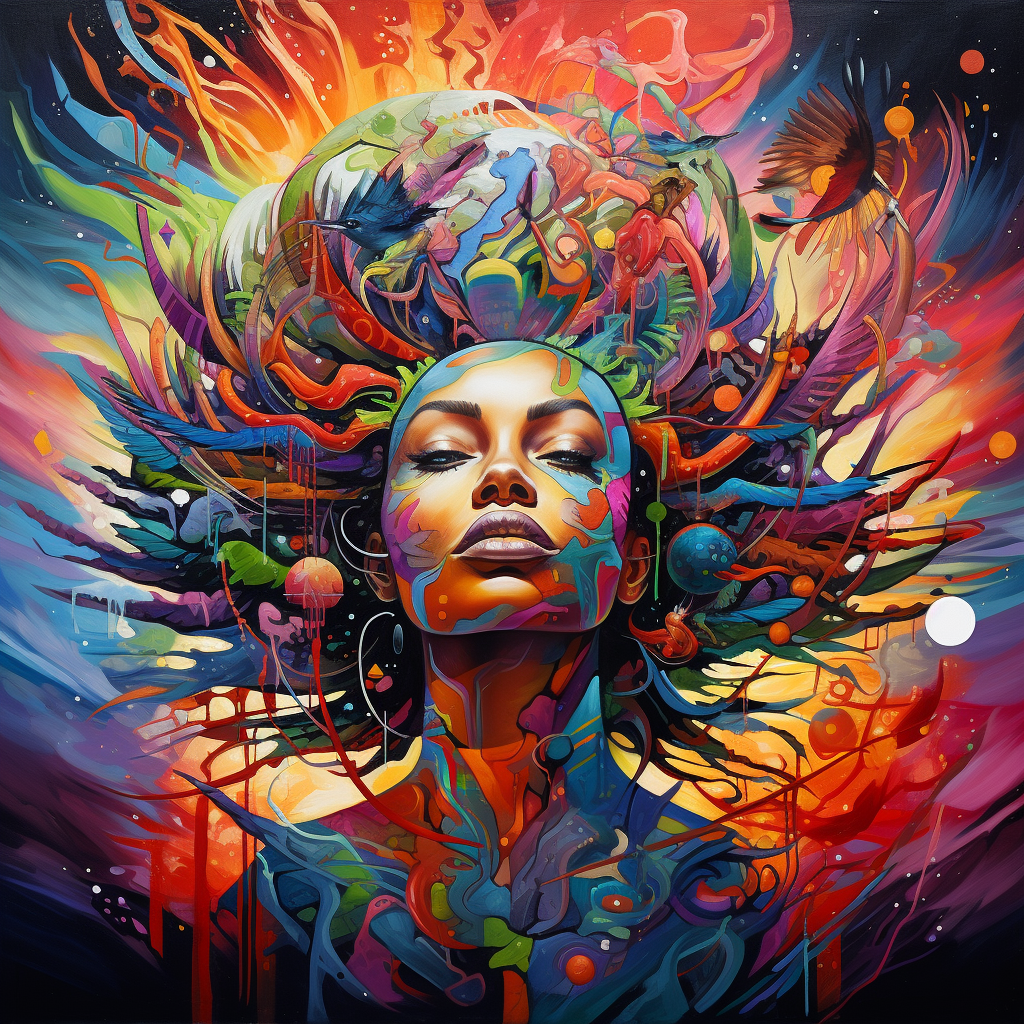

Ego Dissolution
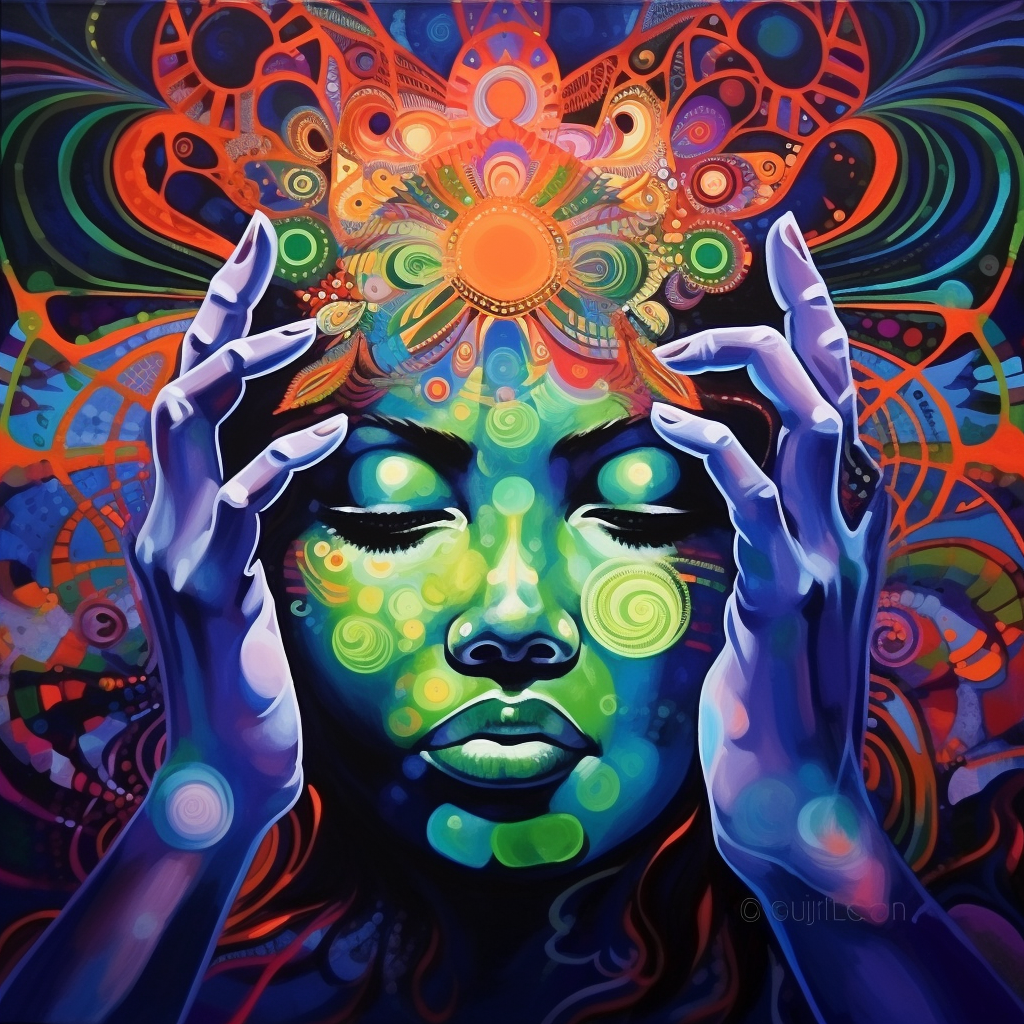

Introspection
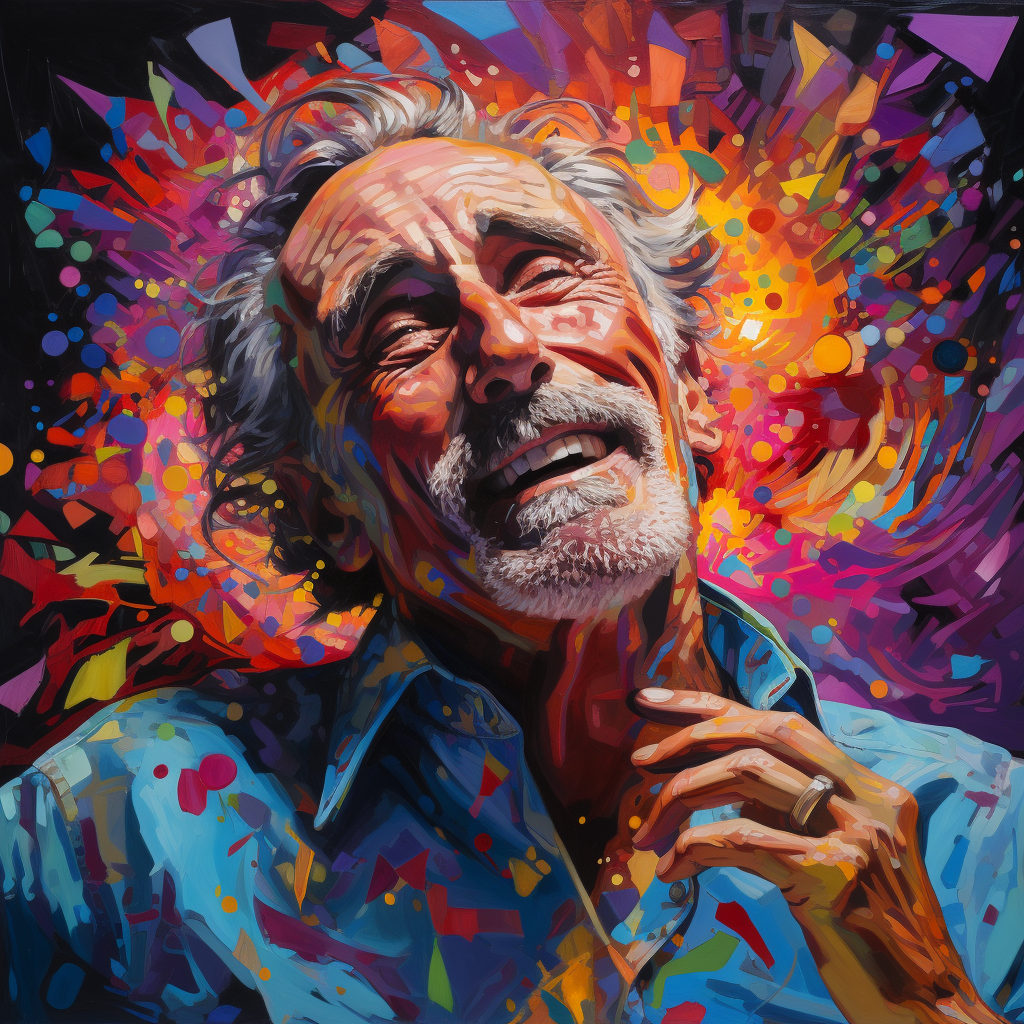

Emotional


Improved
The Latest Scientific Research on Ayahuasca
Ayahuasca’s Therapeutic Potential: A Comprehensive Review of the Research
In January 2023, a comprehensive review of pre-clinical and clinical studies focused on the therapeutic potential of Ayahuasca was published in European Neuropsychopharmacology. In addition to summarizing and discussing the most commonly studied conditions, such as depression, anxiety, and substance use disorders (SUD), the authors also examine less frequently studied psychiatric, neurological, and physical conditions, as well as epidemiological studies on the impact of regular, long-term Ayahuasca use on health and psychosocial outcomes.
Overall, evidence for depression and SUD is more consistent, with numerous and diverse studies. However, a growing body of evidence suggests other conditions might be promising targets for the brew's therapeutic effects, including: grief, eating disorders, PTSD, personality disorders, Parkinson's and Alzheimer's disease, and severe physical illnesses (e.g., cancer, chronic conditions). Moreover, preliminary evidence in long-term users does not suggest detrimental effects but possible benefits for individual and collective health.
For a deeper dive into the analysis and research, read the full article here.
Ayahuasca Use and Reported Effects on Depression and Anxiety Symptoms: An International Cross-Sectional Study
Using data from the Global Ayahuasca Project (GAP), which was undertaken across 2017–2020 and involved 11912 people, this study published in 2021 performed a cross-sectional analysis focused on the perceived effects of Ayahuasca consumption on depression and anxiety symptoms.
Of the participants reporting depression or anxiety at time of drinking Ayahuasca, 94% believed that their depression had improved either ‘a bit’ (15%), ‘very much’ (46%), or was ‘completely resolved’ (32%) due to their consumption of the brew. With respect to anxiety, this effect was even more pronounced, with 90% reporting an improvement in symptoms either ‘a bit’ (20%), ‘very much’ (54%), or ‘completely improved/resolved’ (16%).
Read the full study published in the Journal of Affective Disorders Reports here.
Can Ayahuasca trigger a bad trip?
Ayahuasca, like any potent substance, can come with risks and side effects. While many laud its spiritual and therapeutic effects, not all experiences are pleasant or easy. Common side effects include vomiting ("la purga"), intense emotional reactions, and sometimes distressing hallucinations.
One's mindset, surroundings, and the guidance received, can shape the journey. In unsupportive environments or without proper guidance, negative experiences may have lasting psychological impacts.
This is why it’s so important to have an experienced guide to ensure both physical and emotional safety. Properly navigating and integrating these experiences often leads to invaluable insights and positive, lasting change.
Other possible side effects:
- Nausea and vomiting
- Diarrhea
- Increased heart rate and blood pressure
- Dizziness and tremors
- Possible drug interactions
- Impaired motor coordination
- Impaired judgment
- Disorientation
- Paranoia
- Anxiety/panic attacks
- Emotional instability/psychosis
Ensure safety through proper facilitation
For a safe journey, we recommend working with a reputable, verified facilitator or retreat center. The role of an experienced shaman or guide is not just to administer the brew, but to provide a structured, supportive environment that respects both the individual and the tradition. When considering a retreat or ceremony:
- Do Your Research: Look for centers or shamans with positive reviews and testimonials. Speak to past participants to gain insights into their experiences.
- Check Qualifications and Experience: An authentic facilitator will have spent years, if not decades, learning about Ayahuasca and its ceremonial practices.
- Ensure Medical and Psychological Screening: Reputable retreats often require medical questionnaires or interviews to ensure participants don't have contraindications.
- Post-Ceremony Support: A responsible center will offer integration sessions or resources, helping participants process and understand their experiences.
Remember, a well-facilitated ceremony prioritizes safety, respect, and the holistic well-being of every participant and includes support before, during and after the ceremony.
If you wish to work with a traditional indigenous shaman that may not provide preliminary and after-care services, you can look for psychedelic integration therapists that specialize in helping you prepare for, and integrate, your experiences.
Contraindications for Use
This powerful psychedelic brew has profound effects on the mind and body. While many seek it for spiritual or therapeutic purposes, not everyone should partake in an Ayahuasca ceremony. Several specific contraindications can make its use risky or potentially harmful.
- Medications and Drug Interactions: Combining Ayahuasca with SSRIs or other antidepressants can lead to serotonin syndrome, a potentially life-threatening condition. Stimulants like amphetamines, cocaine, or even some over-the-counter cold medications, as well as blood pressure medication can have dangerous interactions as well.
- Psychiatric Conditions: Ayahuasca can exacerbate symptoms in those with schizophrenia or other psychotic disorders, or trigger manic episodes in individuals with bipolar disorder.
- Certain Medical Conditions: Those with heart conditions should be cautious, as this sacred brew can increase heart rate and blood pressure. And since the body's ability to metabolize the substance relies on the liver and kidneys, those with compromised function could be at risk.
- Pregnancy and Breastfeeding: The effects on pregnancy are not well-studied, but given its potent nature, it's recommended that pregnant individuals abstain.
- Lack of Proper Setting and Guidance: Ayahuasca shouldn't be taken recreationally or outside of a proper ceremonial or therapeutic context. The lack of an experienced guide or shaman can make navigating the experience hazardous.
- Personal Readiness: It's essential to consider emotional readiness and intent. Ayahuasca is not a "quick fix" and requires preparation and integration for a holistic and safe experience.
The Legal Status of Ayahuasca
Federal Status in the United States
Ayahuasca is not explicitly illegal in the US. However, its primary active ingredient, DMT is classified as a Schedule I controlled substance under the Controlled Substances Act (CSA), making it illegal to manufacture, distribute, or possess. Schedule I substances are considered to have a high potential for abuse, no currently accepted medical use, and a lack of accepted safety for use under medical supervision. Violations of federal drug laws can lead to severe legal consequences, including criminal charges and penalties.
Exceptions have been made in the context of religious use. In 2006, the U.S. Supreme Court ruled in favor of the União do Vegetal (UDV) church, allowing them to use Ayahuasca as a sacrament in their ceremonies under the Religious Freedom Restoration Act. Similarly, in 2009, the Santo Daime church also received legal protection to use Ayahuasca in their rituals. These decisions do not decriminalize Ayahuasca but provide specific religious exemptions.


International Legal Status
- Brazil: Ayahuasca has a unique legal status in Brazil. The use of the brew for religious purposes is legal and recognized, with several established churches, like Santo Daime and UDV, actively conducting ceremonies.
- Peru: Recognized as a national cultural heritage, the sacred brew is legal in Peru, primarily when used in traditional or therapeutic contexts. The country is a popular destination for those seeking authentic shamanic experiences.
- Canada: In Canada, DMT is a Schedule III controlled substance, making Ayahuasca illegal in most contexts. However, some exceptions for religious practices have been observed, albeit on a case-by-case basis.
- Australia: DMT is classified as a Schedule 9 prohibited substance in Australia, meaning Ayahuasca is generally illegal to produce, possess, or distribute.
- United Kingdom: In the UK, DMT is a Class A drug. Ayahuasca, by extension, is illegal to produce, distribute, or possess.
- Netherlands: While the Netherlands is known for its liberal drug policies, Ayahuasca was declared illegal in 2019 after a Supreme Court ruling.
Even in countries or regions where Ayahuasca might be legal or decriminalized, there might still be regulations or restrictions regarding its preparation, distribution, or use. Before participating in or organizing Ayahuasca ceremonies, be sure to understand and adhere to local laws and regulations.


